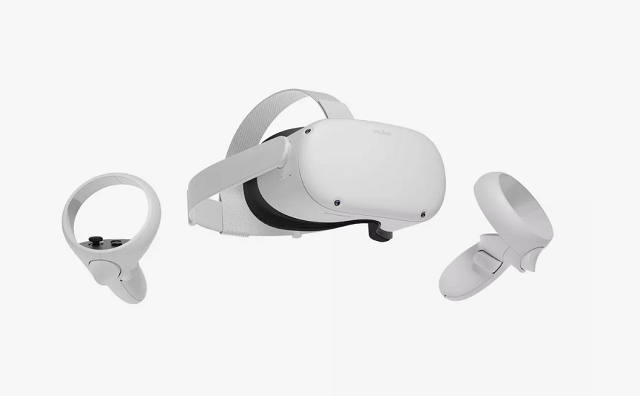
Virtual reality (VR) has emerged as the next frontier in gaming, revolutionizing the way we experience and interact with digital worlds. This immersive technology offers players the unprecedented opportunity to step into virtual realms, engaging their senses and providing an unparalleled level of immersion.
In this article, we will explore the rise of VR gaming, delve into the immersive gameplay experiences it offers and envision the future of VR gaming. Get ready to embark on a journey into the captivating world of virtual reality, where gaming reaches new heights and boundaries are pushed.
The Rise of VR Gaming
It all started with the inception of groundbreaking VR headsets like Oculus Rift and HTC Vive. These early pioneers laid the foundation for the rapid growth of VR gaming, capturing the attention and curiosity of gamers worldwide.
As technology advanced, so did the possibilities of VR gaming. The development of more accessible and affordable VR headsets, such as the Oculus Quest and PlayStation VR, brought VR experiences to a wider audience. This accessibility, combined with the increasing number of high-quality VR games, propelled the popularity of VR gaming to new heights.
Immersive Gameplay Experiences
One of the most captivating aspects of VR gaming is the unparalleled level of immersion it offers players. Unlike traditional gaming, where you control a character from a third-person perspective, VR gaming allows you to step into the shoes of your in-game avatar and experience the virtual world firsthand.
Imagine wielding a virtual sword and engaging in intense swordfights, physically ducking and dodging incoming attacks. Or picture sitting at a virtual poker table, surrounded by other players from around the world, with lifelike graphics and interactive gameplay. VR gaming can enhance the experience of casino platforms such as Vegas Slots Online, allowing players to engage in realistic simulations of their favorite casino games, from slots to blackjack and roulette.
These are just a few examples of the immersive gameplay experiences that VR brings to life. VR gaming leverages advanced motion tracking technology to translate your real-world movements into the virtual space. This means that you can physically walk, run, jump, and reach out to interact with objects within the game. This level of interactivity creates a profound sense of presence, blurring the line between the physical and virtual realms.
Popular VR Games and Experiences
The world of VR gaming is brimming with an array of captivating and popular games and experiences that have captivated players worldwide. From thrilling action-packed adventures to immersive storytelling, VR has brought forth a new wave of gaming experiences that push the boundaries of what is possible.
One notable example is “Beat Saber,” a rhythm-based game that combines the excitement of music with the precision of lightsaber-like swords. Players must slash through the beats in time with the music, creating a dynamic and visually mesmerizing experience that tests both their reflexes and coordination.
Another standout title is “Superhot VR,” a unique first-person shooter where time moves only when you do. Players must strategically navigate through intense combat scenarios, dodging bullets and taking down enemies with style and precision. The time-manipulation mechanics add an extra layer of excitement and challenge, making it a must-play VR experience.
Challenges and Future of VR Gaming
While VR gaming has made significant strides, there are still challenges that the industry faces as it continues to evolve. One of the primary challenges is the cost and accessibility of VR technology. High-end VR headsets can be expensive, requiring a substantial investment for players to enjoy the full VR experience. One notable example is that of Apple’s Vision Pro headsets which are set to launch in 2024 for 3,500 dollars.
However, as technology advances and becomes more affordable, we can anticipate broader accessibility, making VR gaming more accessible to a wider audience.
Another challenge is the issue of motion sickness and discomfort experienced by some players during VR gameplay. The intense immersion and sensory stimulation can cause motion sickness or discomfort for individuals who are sensitive to virtual reality. Developers are actively working on mitigating these issues by refining VR design principles, reducing latency, and incorporating comfort features to enhance the overall experience.
The future of VR gaming holds immense potential. As technology continues to improve, we can expect more realistic graphics, enhanced haptic feedback, and improved motion tracking systems. The introduction of wireless VR headsets and advancements in cloud-based gaming may further enhance the accessibility and freedom of VR experiences.
Tags: Apple Vision Pro, games, Oculus Quest, slots, virtual reality, VR gaming


